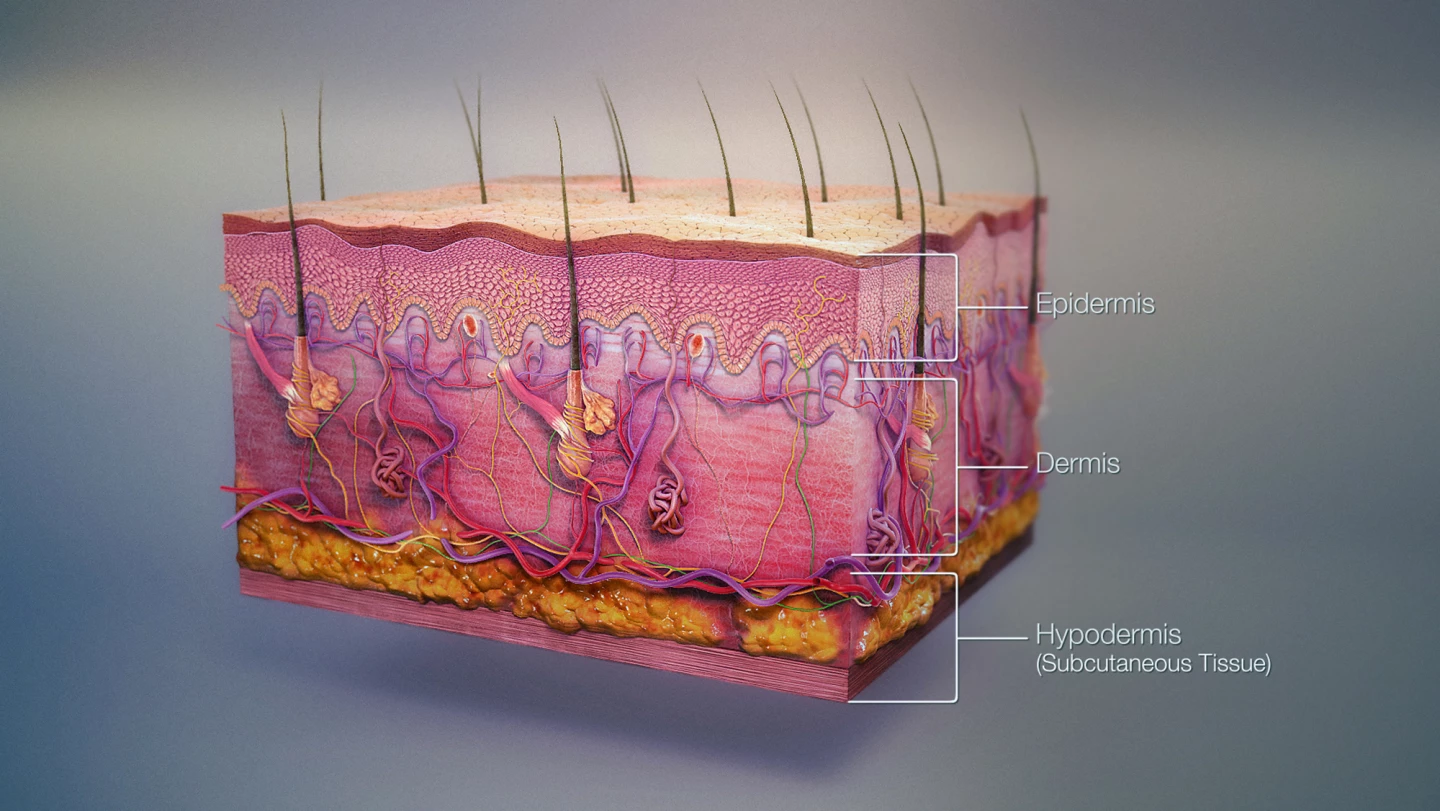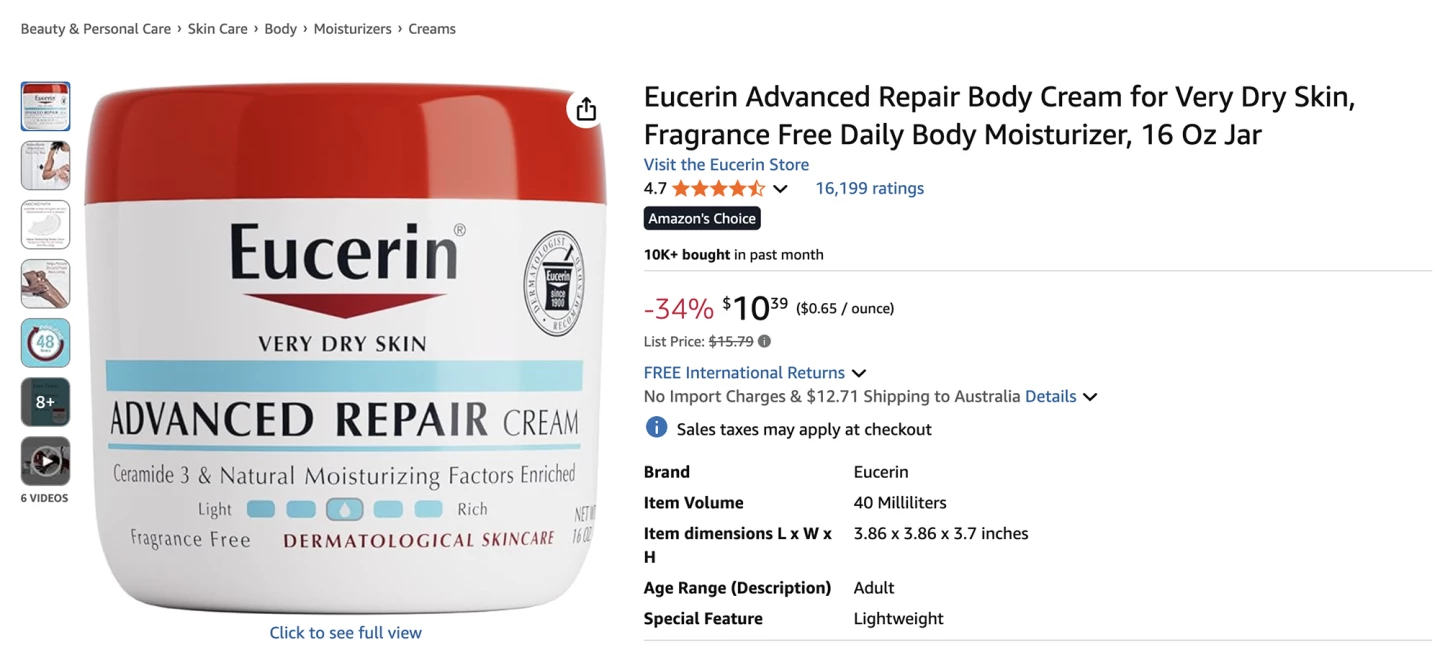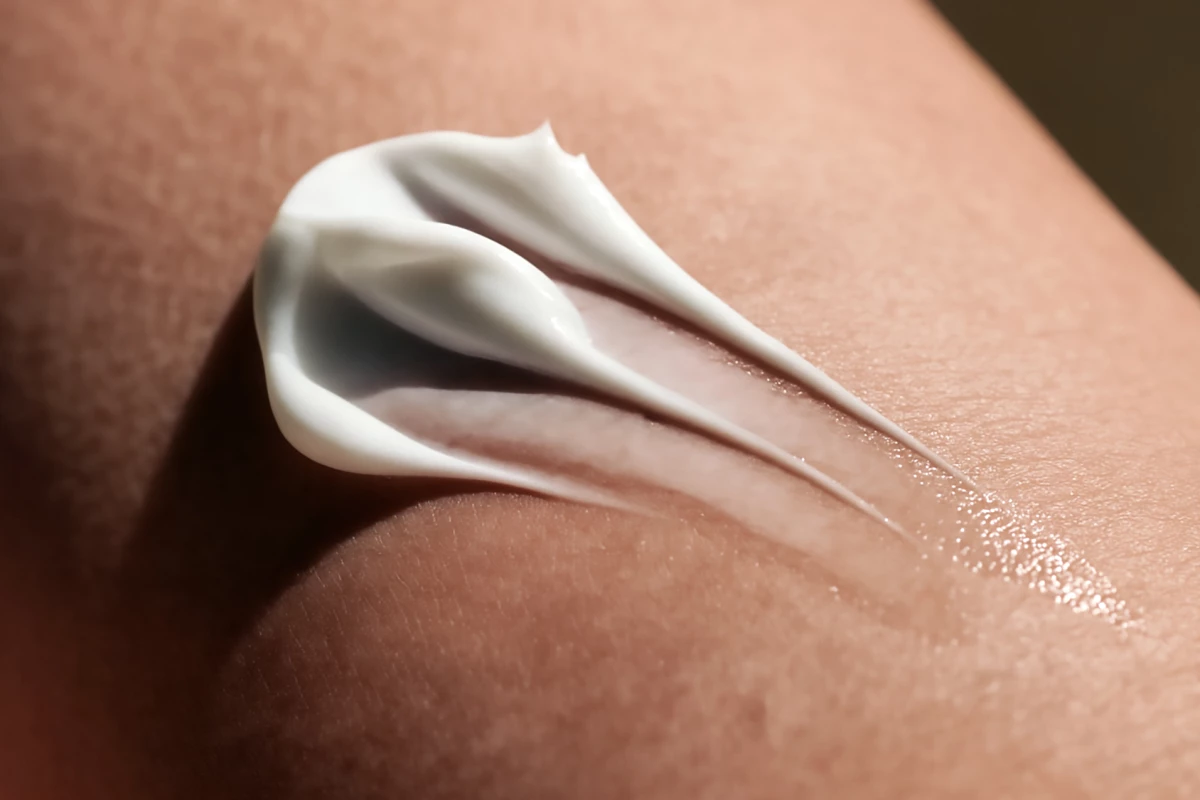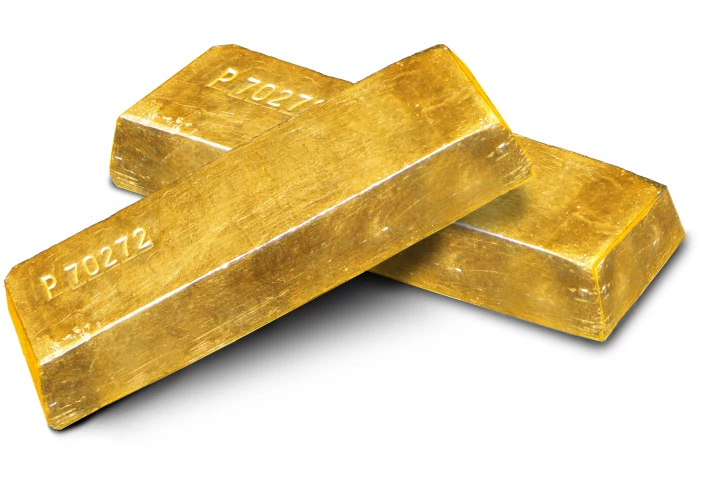Not all scar moisturizers are created equal. A new study shows that some of the cheapest, most basic creams outperform expensive, heavily marketed products, with one budget option topping the list for moisture retention and barrier repair.
Moisturizer and moisturizer-adjacent products – things like silicone get sheets, for example – are regularly recommended by health professionals for treating scars, yet there’s surprisingly little research into how well they actually work.
However, a new study led by the University of Adelaide in South Australia has investigated how well eight commonly used moisturizing products worked in treating scars. Specifically, the study examined how they affect hydration, or how well the skin retains moisture, and transepidermal water loss (TEWL), which refers to the amount of water that evaporates from the skin.
“The aim of the study was to help clinicians make informed recommendations for scar treatment,” said the study’s lead and corresponding author, Tanja Klotz, a PhD candidate at the University of Adelaide who also works as an occupational therapist in the Royal Adelaide Hospital’s burns unit. “We tell recovering patients about the importance of massage, moisturizing and using pressure garments – there are evidence-based guidelines around best practice for massage and compression, but moisturizer is something that remains up to each clinician.”
Your skin is made up of several layers that all work together to protect your body. The outermost layer, the epidermis, acts like a shield. Its very top section, the stratum corneum, is made of dead, flattened skill cells surrounded by fats (lipids). This layer acts as a barrier, keeping water inside your body and blocking harmful things like bacteria or chemicals from getting in. Beneath the epidermis is the dermis, which contains blood vessels, nerves, and structures like hair follicles and sweat glands. This layer provides strength, flexibility, and support. The deepest layer, the hypodermis or subcutaneous tissue, is mostly fat that cushions and insulates your body.

When skin is damaged – for example, by a burn, scar formation, or even dryness – the stratum corneum barrier becomes weaker. This leads to increased water loss (TEWL), which leaves the skin dry, irritated, and prone to scarring. Moisturizers are designed to help repair and strengthen this barrier. They usually contain three types of ingredients: humectants, which draw water into the outer skin layer; emollients, which fill gaps between skin cells to make the surface smooth and flexible; and occlusives, which form a thin film on the skin’s surface to stop water from evaporating. By restoring hydration and sealing it in, moisturizers help the skin function properly, heal more effectively, and look and feel healthier.
The researchers recruited 30 healthy volunteers, aged 18 to 37, with no pre-existing skin conditions. They simulated scar-like skin using a technique called tape stripping, which removes the top skin layers to mimic the high water loss seen in active scars. (Note that the point of the research was to evaluate moisturizer use on active scars, not mature ones.)
Each participant had different moisturizers applied to various small areas on their forearms, and measurements of TEWL and hydration were taken every hour for four hours to assess short-term effects. Eight widely used scar treatments were compared: Eucerin Advanced Repair Cream, Redwin Sorbolene, QV Lotion, Alhydran, Aqueous Cream, Bio-Oil, Gelsmart S-Gel silicone sheet, and Strataderm (liquid silicone gel). Untreated tape-stripped skin and normal skin acted as controls.
In terms of hydration, Eucerin was by far the most effective, dramatically increasing moisture retention. Silicone gel sheets also increased hydration but created a temporary “hyper-hydrated” state that vanished once they were removed. Sorbolene and QV Lotion improved hydration significantly, though not as much as Eucerin. Aqueous Cream and Bio-Oil showed little or no effect, while Strataderm and Alhydran actually reduced hydration compared to untreated skin, which was contrary to expectations.

When it came to barrier repair, Eucerin again performed the best, significantly reducing TEWL to closer to normal skin levels. Alhydran and Sorbolene also helped reduce water loss, though less effectively. QV Lotion and Aqueous Cream had inconsistent results, sometimes showing slight improvements. Bio-Oil actually increased water loss, the opposite of what’s needed. Strataderm and silicone gel sheets caused higher TEWL after removal due to the rapid evaporation of retained moisture.
“We found there was significant variability in the effectiveness of common moisturizers clinicians recommend for scar management,” Klotz said. “Silicone gel sheets are widely used to manage scars and are made of a soft, flexible silicone material which is designed to provide a barrier against TEWL. The evidence base for the use of these is extensive. We were surprised that the gel sheets had a higher hydration level, but also recorded a high TEWL due to all the hydration evaporating on removal, while a liquid silicone gel performed poorly for improving hydration and reducing TEWL.”
The takeaway message from the study is that price isn’t a good indicator of performance, and some of the least expensive products outperformed much more costly ones. Eucerin is widely available throughout the US and can be bought online, where a 16-oz (454-g) tub retails for between US$10.39 / AUD15.70 (via Amazon) and US$17.99 / AUD27.17 (via Walgreens). By comparison, a 6.7-fl-oz of Bio-Oil retails for US$30.99 / AUD46.81 on Amazon.
“Eucerin efficacy in increasing hydration can be attributed not only to its formulation as an oil-in-water emulsion but also to the presence of glycerin and urea as the primary active ingredients after water,” said Klotz. “In contrast, the products with the lowest hydration efficacy were Alhydran, Strataderm (a gel silicone) and Bio-Oil which were the most expensive, and they all – besides Alhydran – showed limited ability to normalize TEWL. These findings highlight that higher cost does not necessarily correlate with superior outcomes.”
The study was published in the journal Burns.
Source: University of Adelaide







